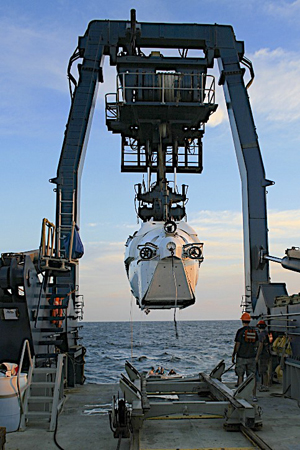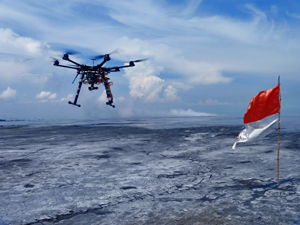Working Group 3
Working Group Leaders:
Fluids, minerals, and microbial processes at Transform-Type-Plate-Boundaries (TTPBs)
Our group consists of petrologists, inorganic and organic geochemists, biogeochemists and microbiologists. Our goal is to combine use of in-situ sampling tools and logging devices with laboratory-based analyses to investigate links between the activity of mud volcanoes (and other fluid-emitting structures) and seismic activity along (transform-type-) plate boundaries and earthquakes. The working hypothesis is that the activity of mud volcanoes changes prior to or after seismic events. Earthquakes typically occur at various levels within the Earth's crust, and the plumbing systems of deeply rooted mud volcanoes can be easily affected. In these instances, the chemistry and microbial communities of the expelled fluids can be modified.
Methods and analyses we propose include in-situ logging of temperature, gaseous hydrocarbons, and radioisotopes in combination with laboratory-based quantifications of noble gases, measurements of stable isotopic compositions of hydrocarbons, organic molecular markers, sequencing of microbial signature genes, and analyses of microbial metagenomes and metatranscriptomes. We believe that our analyses will provide crucial insights to the connectivity of deeply buried crust, overlying sediments and water. We think these insights, integrated with research performed by other FLOWS scientists, will be foundational to the development of an early-warning system for earthquakes along TTPBs, and will thus be of great importance to human societies inhabiting earthquake-prone regions in Europe and elsewhere.
General Questions and Research Topics
- Can we develop an early-warning system for earthquakes by monitoring emanation of crucial compounds during periods of enhanced mud volcano activity?
- What microbiological and geochemical reactions take place in mud volcanoes and can they be linked to mud volcano activity? Can we catch geochemical signals (e.g. noble gases) in mud volcanoes?
- How big is the crustal component of carbon flow from mud volcanoes? Are there components of abiogenic origin (e.g. methane) from deep within the crust?
- Do insights from mud volcanoes and other fluid-emitting structures in the submarine environment apply to mud volcanoes and related structures on land?
Goals for 2015
- Identify key parameters to investigate the links between mud volcano and seismic activity.
- Formulate research hypotheses and design research projects that will be addressed through joint activities within our working group and with other working groups of FLOWS.
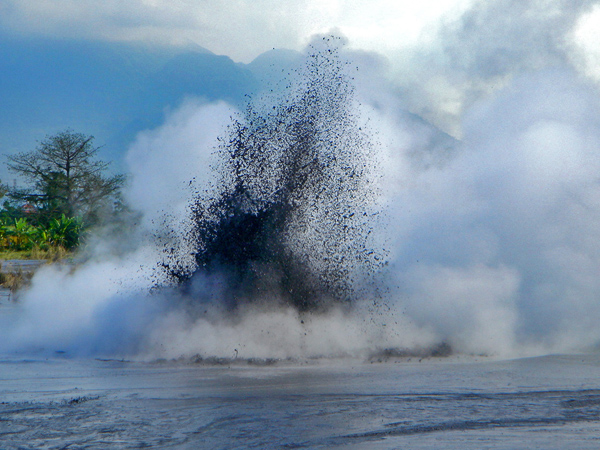
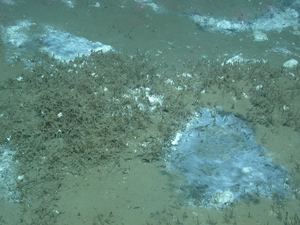
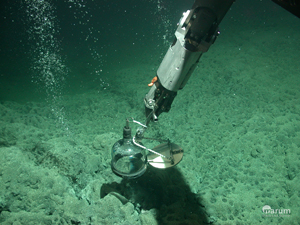
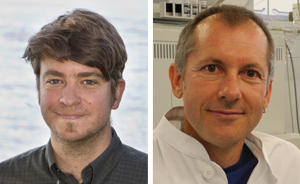
M. Lever M. Elvert
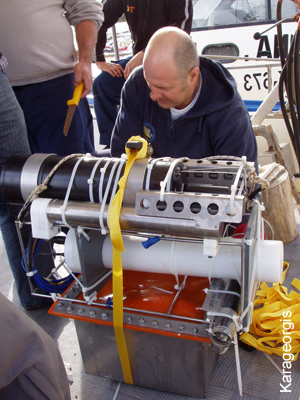
Autonomous seafloor seepage monitoring system comprising an optics package (light transmission and optical backscatter), a passive acoustic listener (PAL) and an in situ gamma-ray spectrometer (Karageorgis et al. 2011).
